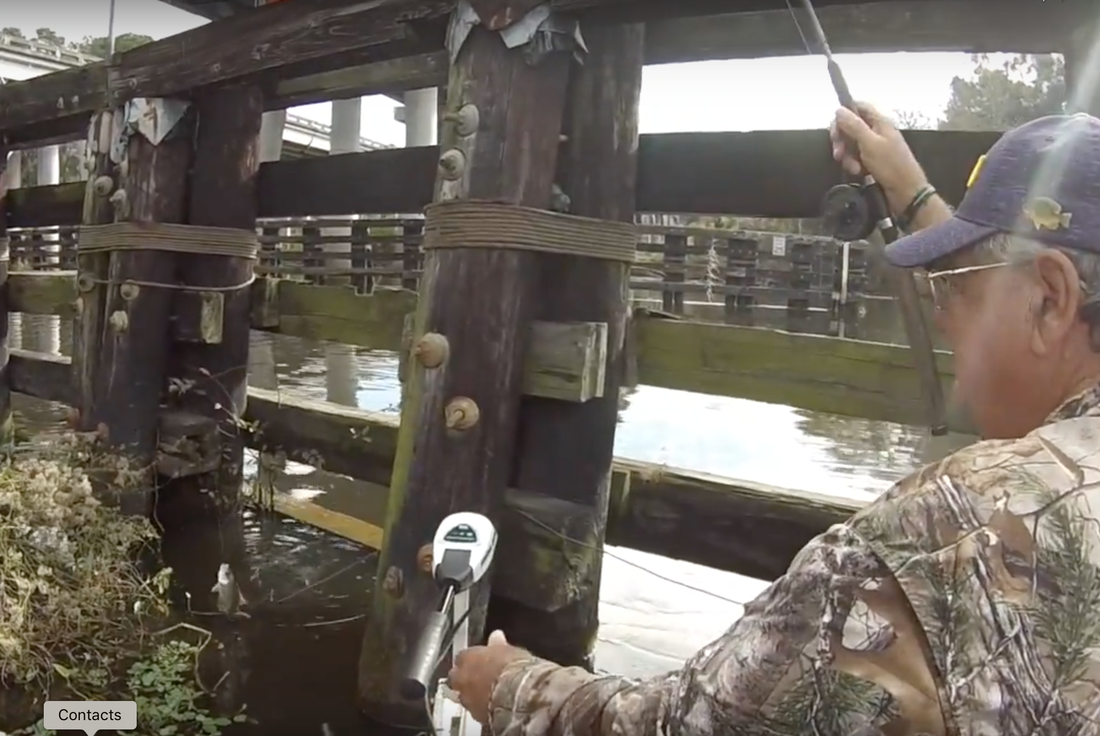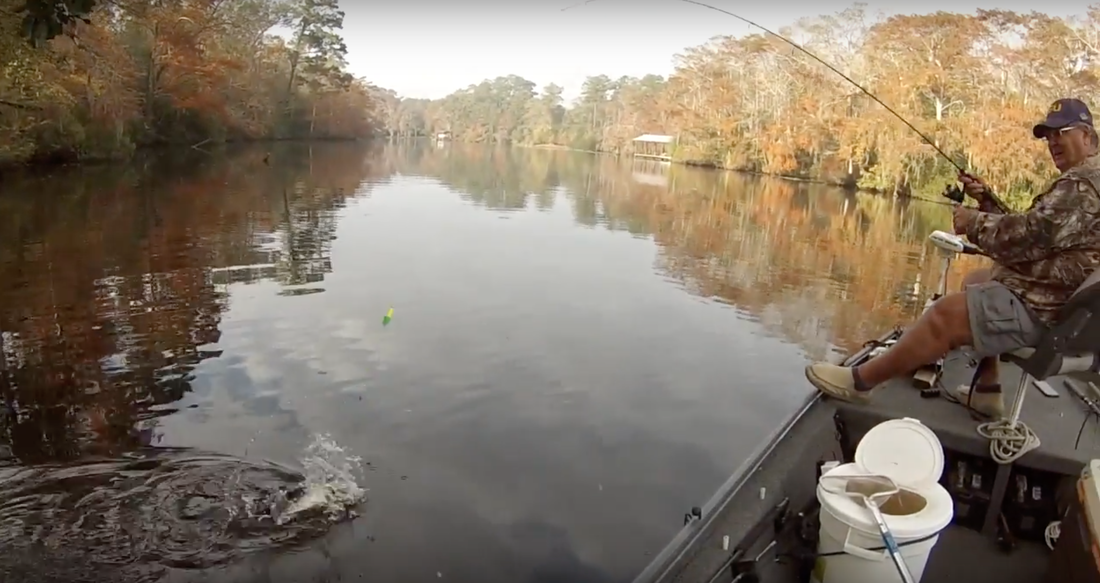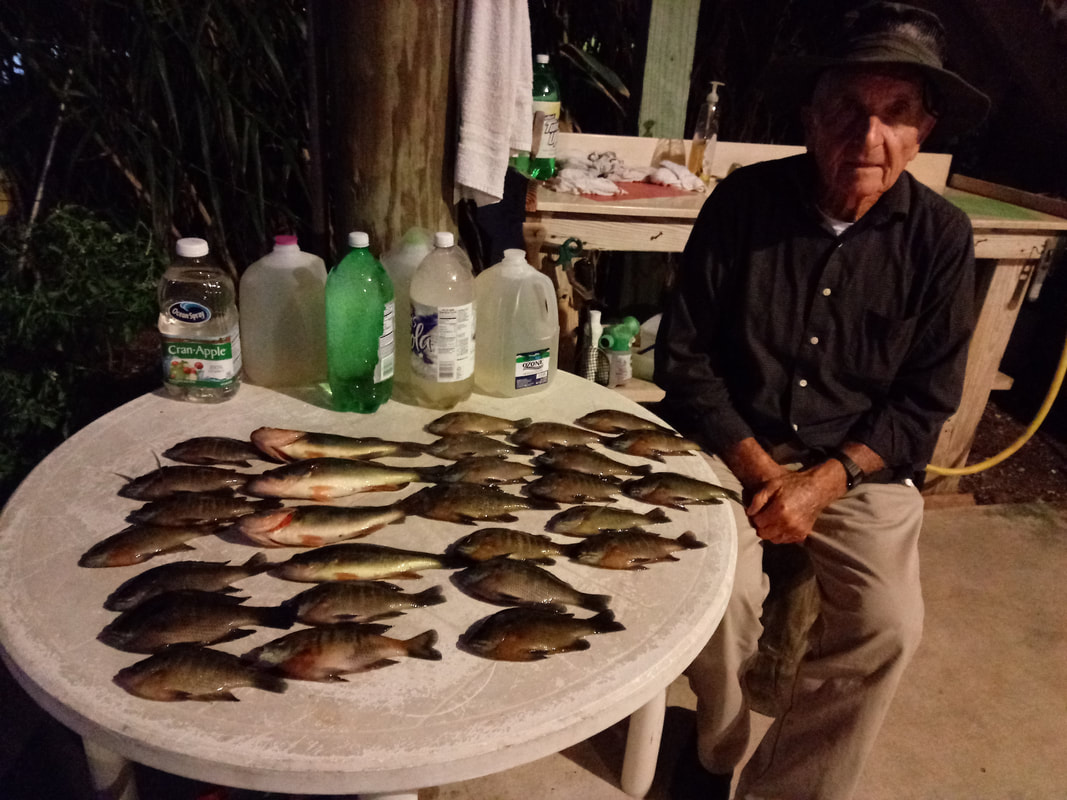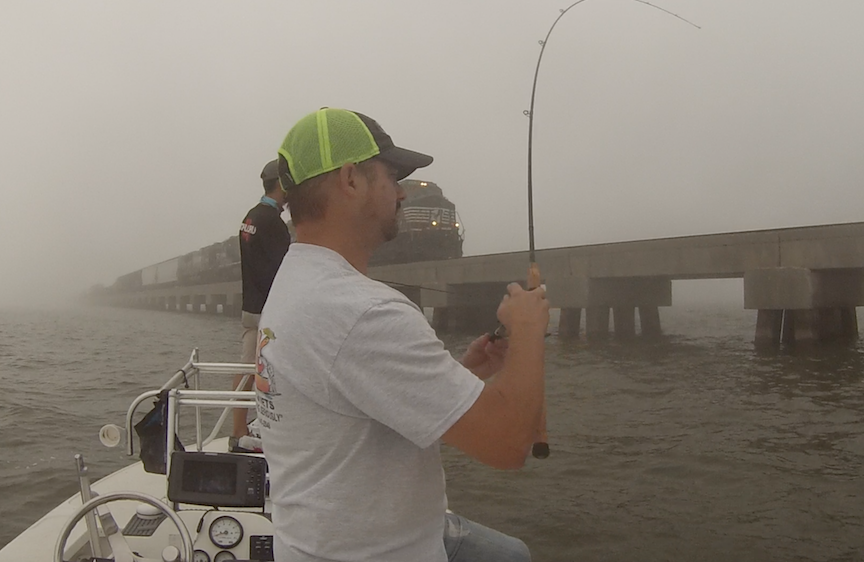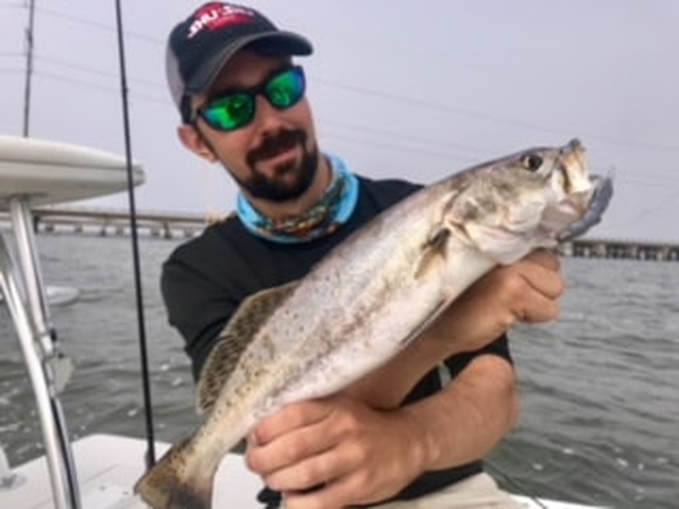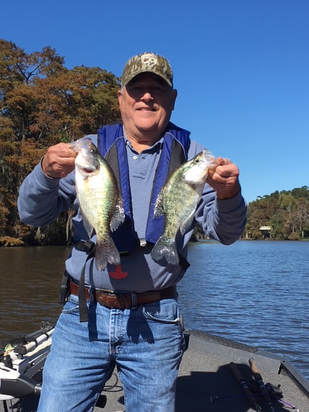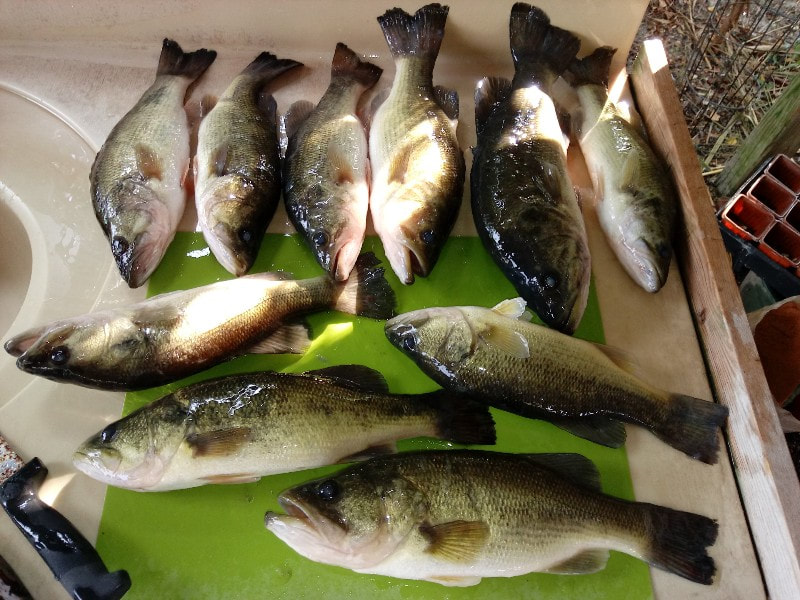 Keith Lusher
Keith Lusher Fishing in December can be a challenge for most anglers on the North Shore of Lake Pontchartrain. The Lake offers very little as far as saltwater fishing is concerned and the rivers and bayous from Manchac to the Pearl River can be quite challenging for bass anglers with water temperatures dipping into the 40’s. But there’s another type of fish that we often overlook when we think of winter fishing. Ray Miller fishes the Tchefuncte River year round and says “This this is my favorite time to fish for sac-a-lait.” While most folks target crappie in the spring when they invade the shallows to spawn, Ray enjoys the rare solitude that the Tchefuncte River offers this time of year. I made a trip to the river to experience first hand what Ray was talking about. We launched at the boat launch at 1st Ave. just past St. Paul’s High School in Covington. Within minutes Ray was operating the trolling motor and we honed in on our first spot. Ray pointed out the roots of a tree that had fallen into the river years ago. He then said. “You see the trunk of that tree right there? Follow it out into the river and picture the top of the tree right here.” He pointed right next to the boat and we began jigging Electric Chicken colored micro-jigs on a 1/32 oz. jig heads. It didn’t take long before Ray slung a sac-a-lait into the boat. We stopped at 4 or 5 different spots as we headed down river towards the Interstate 12 overpass and picked up one or two in each spot including two fish along the legs of the bridge where Interstate spans the river.
The fishing was slow and tedious and I began to tell myself that this was going to be a long day at this pace. But Ray reminded me “Sometimes there’s day’s like this where I’ll pick up 2 or 3 fish at every spot and all of a sudden I’ll stop at a spot and catch one on every cast,” We continued south and the time was approaching noon as we stopped and started fishing another tree top. This one stretched 25’ into the main river. It was in a bend in the river on the west side and the water was 30’ deep where we stopped. We now had started using live shiners with 2 split-shots to keep the minnow in the strike zone. “If you don’t use those weights, that shiner will swim all over and you’ll end up wasting your time because the shiner will swim right up to the surface to get away from the fish that chasing it,” Ray said. I began to lower my shiner into the water. I could feel the line going through the branches of the treetop. I pulled up and snagged a branch. I tied on another hook with two split shots about 8” above the hook. I put a shiner on the hook and lowered it down again. Once more I snagged a branch.
Ray suggested switching over to a slip cork to keep the bait just above the branches. “Sometimes if it’s heavy cover, that shiner will swim around and wrap the line around the branches. While I prefer to jig straight down without a cork, sometimes I need to put that slip cork on to keep the bait out of the sticks,” he said. We both attached sliding corks to our line and set the stopper at 8’. I casted out and began to monitor my cork. After about 2 minutes the cork stood straight up and shot under. I swung the rod and reeled in a beautiful 13” crappie. Ray excitedly yelled. “Oh yeah! That’s the ticket,” as his cork shot under and he reeled in a large sac-a-lait. For the next hour we put sac-a-lait in the boat all from that one submerged treetop that was only visible in our minds. “It’s all about the cover for these fish. If you can find the cover, you’ll usually be able to find where the fish are,” he explained. Ray reminds anglers “While springtime is the most popular time to catch these fish, these fish bite year round, you just have to have the willingness to fish deep and fish structure that you can’t see.”
